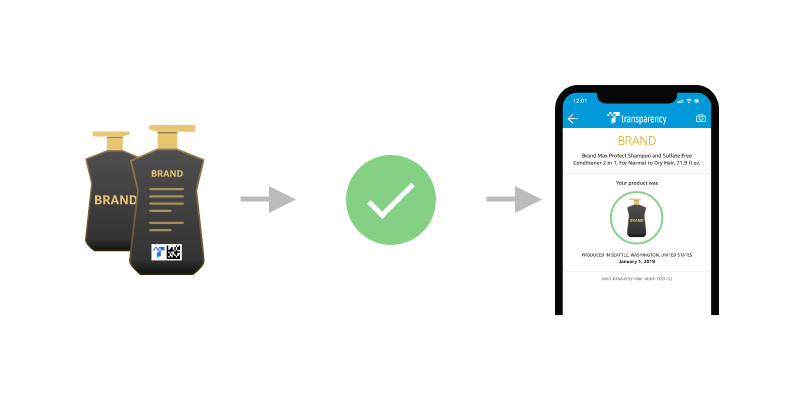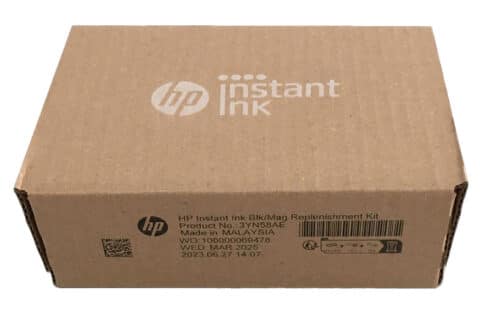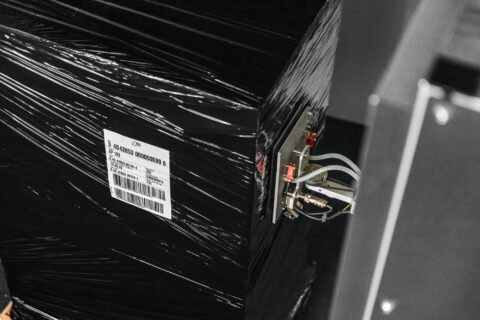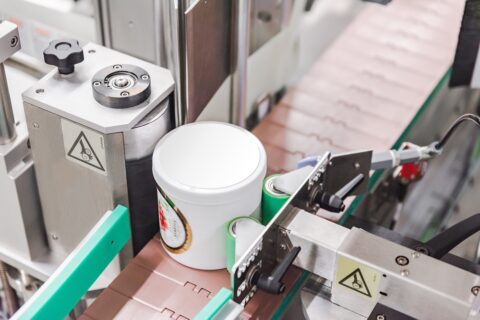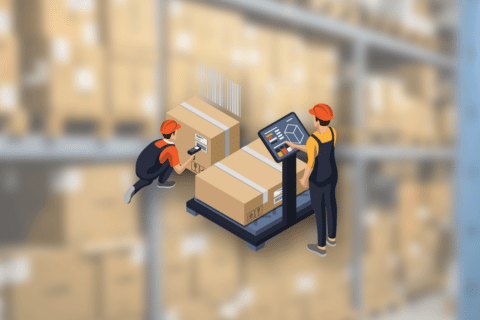A few months ago, we reported that e-commerce giant Amazon has been testing brand protection solutions in order to ban counterfeits from its marketplace for good. The project has resulted in an authentication service that helps protect brands and customers from product fraud: Amazon Transparency. The program is currently available in Europe, USA, Canada and India. To benefit from it, brand owners will need to apply unique codes on every product unit they manufacture. Here’s what you need to know!
Why is anti-counterfeiting so important?
 Illicit trade in fake goods is a major challenge in global economy and has an enormous impact: According to reports from OECD/EUIPO, counterfeit and pirated products amount to as much as 3.3% of world trade, which equals over USD 500 billion. The most affected goods include footwear and clothing, leather goods, electronics, pharmaceuticals and luxury articles. Affected original manufacturers face financial loss, image damage and high legal costs.
Illicit trade in fake goods is a major challenge in global economy and has an enormous impact: According to reports from OECD/EUIPO, counterfeit and pirated products amount to as much as 3.3% of world trade, which equals over USD 500 billion. The most affected goods include footwear and clothing, leather goods, electronics, pharmaceuticals and luxury articles. Affected original manufacturers face financial loss, image damage and high legal costs.
With Amazon being the world’s largest e-commerce marketplace, it has undoubtedly been a target for product pirates. Amazon Transparency has proven to be very effective so far: In the United States, more than 4,000 brands have participated and generated 300 million unique codes. Amazon says that the proactive approach has halted 250,000 counterfeits from being delivered to customers.
How does Amazon Transparency work?
Transparency-enabled products allow customers to authenticate products, regardless of where they purchased them (on Amazon or other web-shops or local stores). To do so, they need to scan the code on their product with the Transparency mobile app. If the product is identified as authentic, the app shows unit-level information. Brands can add more data to the product information, including manufacturing date and place or ingredients and other details. Only Amazon owns the record of every code generated along with the product information that is associated to it.
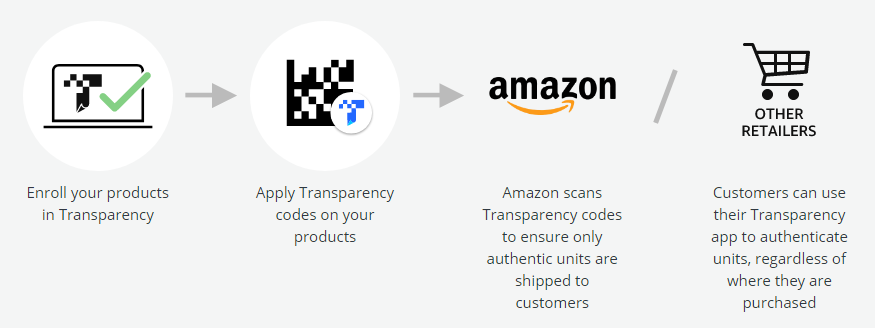
The Transparency code is also used by Amazon Fulfillment Centers to verify the authenticity of a product before it is shipped out to customers.
What do manufacturers need to do?
 In a first step, manufacturers must be able to verify themselves as the brand owner of the products sold on Amazon. Those products should be marked with a Global Trade Item Number (GTIN) in the form of an EAN barcode or UPC barcode label. In order to benefit from the Amazon Transparency service, manufacturers must apply unique Transparency codes on every unit of a product. They can enroll some or all of their products.
In a first step, manufacturers must be able to verify themselves as the brand owner of the products sold on Amazon. Those products should be marked with a Global Trade Item Number (GTIN) in the form of an EAN barcode or UPC barcode label. In order to benefit from the Amazon Transparency service, manufacturers must apply unique Transparency codes on every unit of a product. They can enroll some or all of their products.
Each Transparency code is a unique, alphanumeric and non-sequential code that is generated with a secret protocol. The identifier is supposed to be applied in the form of a two-dimensional (2D) barcode also known as data matrix code which can be read with camera scanners.
Finding the perfect labeling system


Are you looking for the right marking system to apply Amazon Transparency codes to your products? Weber Marking Systems is a renowned manufacturer of industrial inkjet printers and versatile labeling systems that maximize efficiency within your production and logistics. No matter the surface, size or speed – we offer the right solution for every product and packaging. Contact us now for a FREE expert consultation!
Get in touch with us


